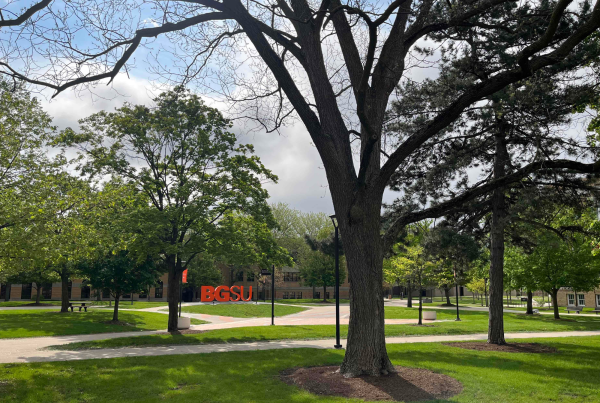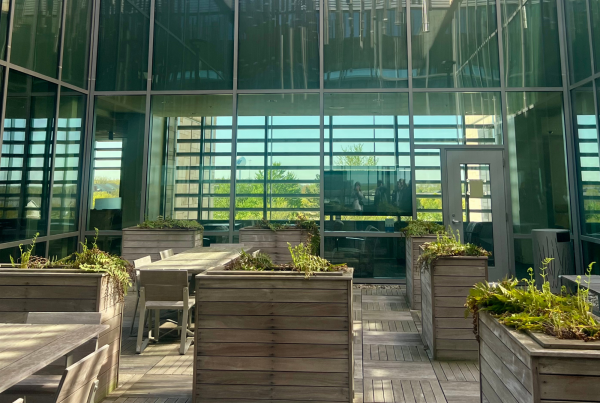While there is no real substitute for physically visiting the college campus where you may be spending the next four years of your education, there is still significant value in taking advantage of virtual visit options, which range from simply exploring a college website to watching student video testimonials and ‘walking through’ 3D models of campus from a laptop. With the Thanksgiving holiday this week, you may find some extra downtime that could be used to start doing that exploration from home, so we thought we’d offer some tips to help you take maximum advantage.
Some colleges with particularly good virtual visit setups are:
University of Arizona: https://www.youvisit.com/tour/arizona?pl=v
Rice University: https://admission.rice.edu/visit/virtual-events
Colorado State University: https://www.youvisit.com/tour/colostate?pl=v
As you explore these and other colleges’ websites, you’ll see many different types of virtual visits, including first-person virtual walk-throughs, video recordings of sections of the in-person guided tour, and virtual information sessions that cover the same material an admissions counselor would present during an in-person visit. All of these have value, but I would single out the virtual information sessions in particular, especially for those juniors who are just getting started putting their college list together.
These virtual information sessions are particularly helpful in a couple of ways. For one, they are a distillation of everything the college or university takes the most pride in. With only 30 minutes to an hour, an admissions counselor can’t cover everything, so they are going to emphasize those aspects of their institution that they think are most attractive and distinct, which can be a great place to start to see if it will be a college you’d like to apply to. This can include things like specific majors that you may be looking for or interesting programs like residence colleges or honors programs.
Second, they will cover the most important elements of the admission process for their school. With so much variance between colleges in terms of testing policies, credit transfers, GPA and rigor expectations, and more, these sessions are a great place to get a sense of what would be involved in applying to specific colleges and how to think about the likelihood of being accepted.
Finally, there is value in just being exposed to as many of these sessions as possible, especially at this early point in the process. When you first start listening to these sessions, you may be struck by their similarities, especially if you’re looking at schools of similar types (Big 10, smaller liberal arts colleges, etc), but the more you’re exposed to, the more sensitive you will become to the differences that exist. In my own cheesy jargon, you’ll start to become ‘fluent in colleges’.
In terms of the 3D models or walking tour versions of the virtual visit, my main advice would be to explore as much as you can, but also keep in mind that what you’re seeing is what the marketing staff of that college wants you to see. Not to say that there is intentional deception or anything like that, but if you’re looking at a virtual tour of Bates College in interior Maine, for example, are you being shown mostly green and sunshine? Or are they also showing what it will look like during the colder months? Seasonal change is just one kind of variable, and just like you shouldn’t judge a campus by the rainy weather that happened to occur during your in-person visit, don’t assume that the virtual tour is a perfect representation of what the campus will be like every day of your future college career.




